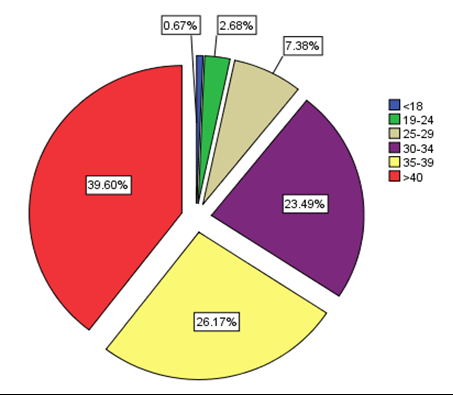Abstract
High adsorption capacity and bio-friendly adsorbents are essential
components to achieve miniaturization and improved portability
while maintaining effective uremic toxin removal. Urea is targeted for
removal mainly because it is the largest uremic toxin constituent. This
paper evaluates the urea adsorption capacity of nanoporous materials
#activatedcarbon, activated carbon fiber and surface functionalized#mesoporoussilica. Results indicate that amine functionalized silica
yielded the highest urea adsorption capacity through chemisorption
interaction, despite possessing lower surface area. #Sulfuricacid treated activated carbon fiber produced urea adsorption capacity close
to that
of amine #functionalizedmesoporous silica due to the high surface area
generally through #physisorptionmechanism.
For more articles on BJSTR Journals please click here: https://biomedres.us/
For more Medical Case Reports Articles on BJSTR
Evaluation of Urea Adsorption by Various #NanoporousBiomaterials by Fei Yee Yeoha in BJSTR



No comments:
Post a Comment
Note: Only a member of this blog may post a comment.